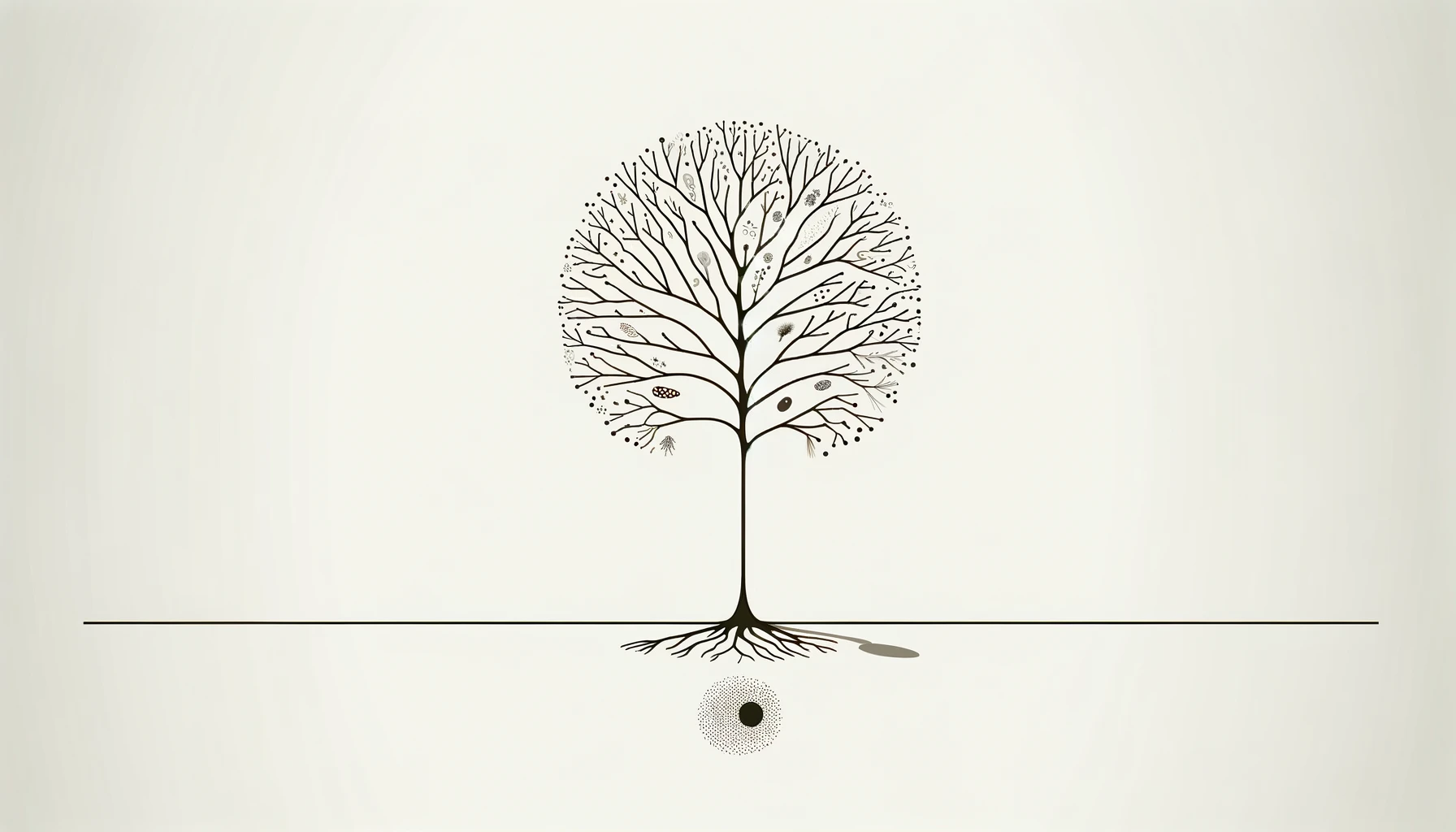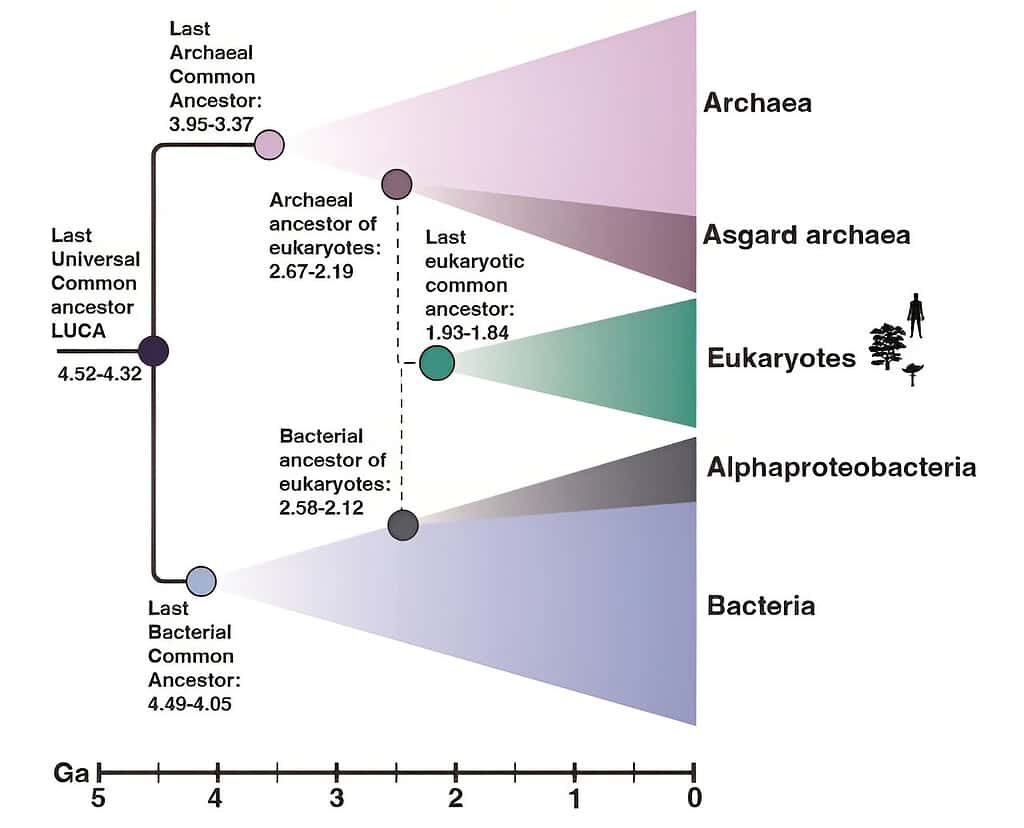
In the world of science, perhaps the most profound but also most frustrating puzzle is the origin of life itself. At the heart of this quest is the search for LUCA — the Last Universal Common Ancestor — a hypothetical early organism from which all life on our planet descended. A new study has made good progress in this direction, revealing new insights about LUCA, such as the finding that it appeared sometime between 4.32 and 4.52 billion years ago.
The base of the tree of life
After all those billions of years of change, LUCA’s fingerprints are still visible in the genes of modern organisms, which is how scientists can learn so many things about it by investigating the genetic makeup of modern-day organisms. While LUCA’s exact form is still a mystery, researchers suggest it was a simple cell with key components found in all life forms today, such as ribosomal proteins and ATP synthase.
The team, led by Tara Mahendrarajah and Anja Spang of the Royal Netherlands Institute for Sea Research (NIOZ), employed an innovative molecular dating technique to pinpoint the timeframe when LUCA split into bacteria and archaea.

This new timeframe isn’t all that different from other estimates. A 2018 study from the University of Bristol estimated LUCA appeared 4.5 billion years ago. In 2016, scientists at the Institute of Molecular Evolution, Heinrich Heine University Düsseldorf, found 355 genes that likely originated in LUCA in modern-day bacteria and archaea. Some of these genes control the production of certain enzymes only found in microbes that thrive in extreme temperature conditions, such as hydrothermal vents — one of the likeliest candidates for the primordial soup where life first appeared.
“Dating gets increasingly uncertain towards the root of the tree of life,” explained co-corresponding author Tom Williams of the University of Bristol.
Life on Earth is classified into six kingdoms: plants, animals, fungi, protists, bacteria, and archaea. The first four, known as eukaryotes, are characterized by cells with distinct nuclei, allowing for greater complexity. Bacteria and archaea, simpler prokaryotic organisms, lack such nuclei. Remarkably, all these diverse life forms trace back to a single-celled ancestor (LUCA).
Contrary to prior beliefs, the study reveals that archaea, once thought to be ancient bacteria, have ancestors younger than those of bacteria. This finding hints at the possibility of undiscovered or extinct early archaea forms.
With this improved dating approach, we see that the ancestors of all current archaea lived between 3.37 and 3.95 billion years ago. This makes the last common ancestor of known archaea younger than the one of all bacteria, which lived between 4.05 and 4.49 billion years back,” Spang said in a press release.

Eukaryotes, organisms with nucleus-containing cells, including plants and animals, trace their lineage back to ancestors from around 2 billion years ago, the new analysis found. This reinforces the idea of eukaryotes as a blend of bacterial and archaeal lineages, not an entirely separate group.
“If you imagine all life on Earth as a family tree, LUCA is at the base, and at some point, the trunk splits into a bacterial and an archaeal branch. But eukaryotes are not a separate branch on this tree of life, but rather a fusion of two branches that came out of the bacterial and the archaeal branches. We have a bit of both in us,” said Tara Mahendrarajah.
The hunt for LUCA is still on. With every new study, the twisting branches of the tree of life are unraveling little by little. Ultimately, one day we may have a clear picture of microbial Eve.
The findings were reported in the journal Nature Communications.


